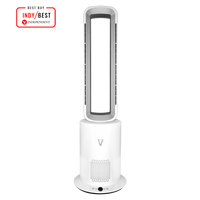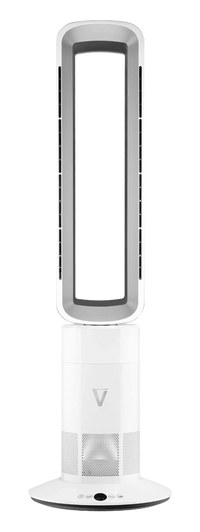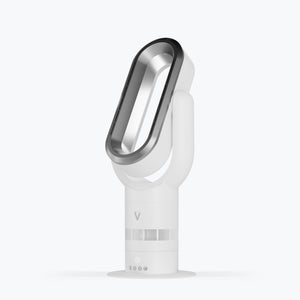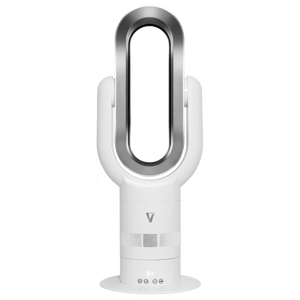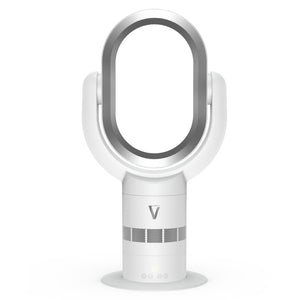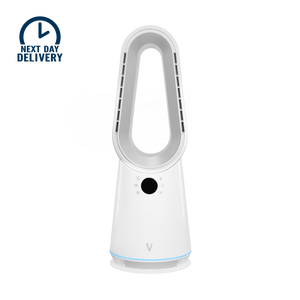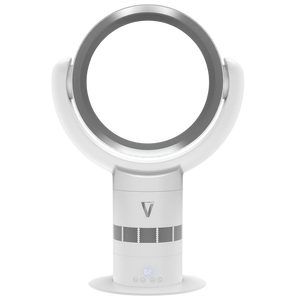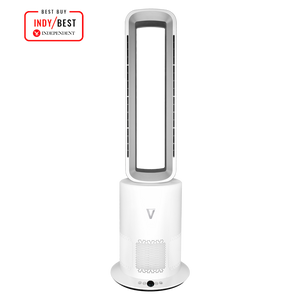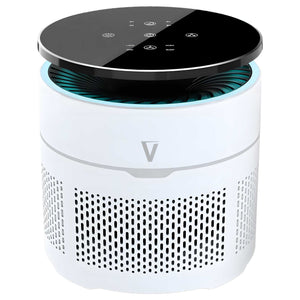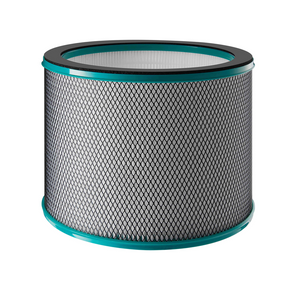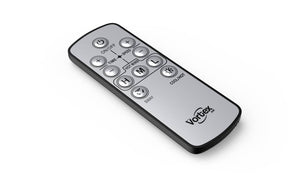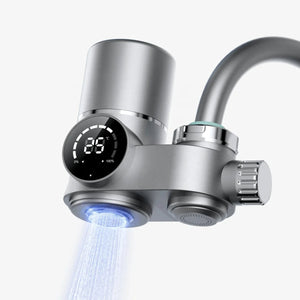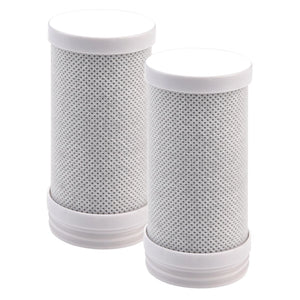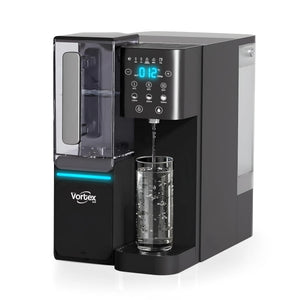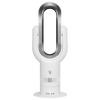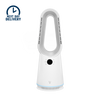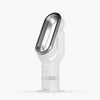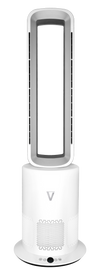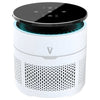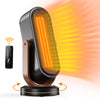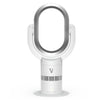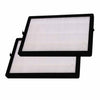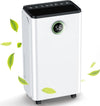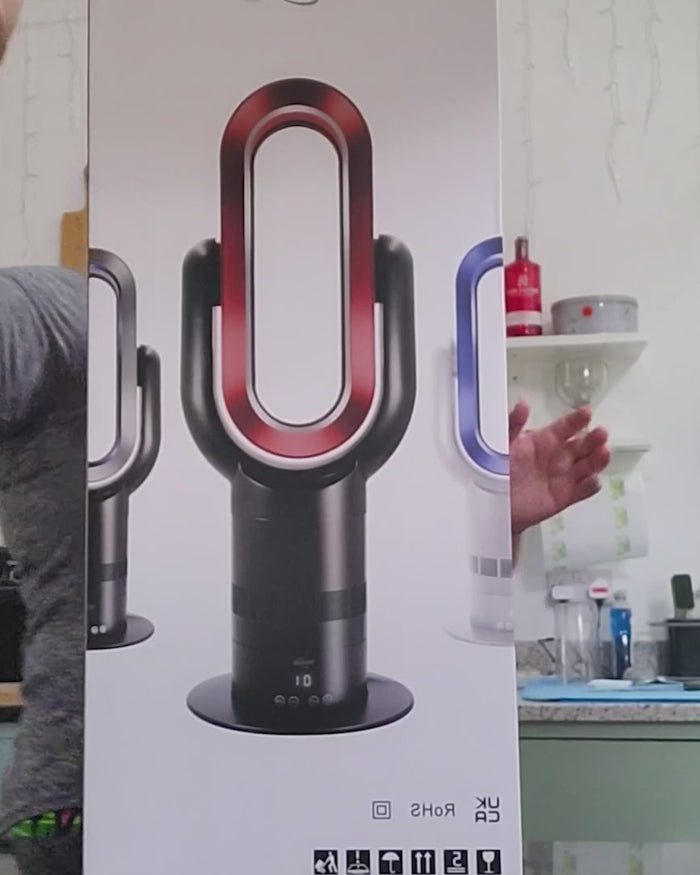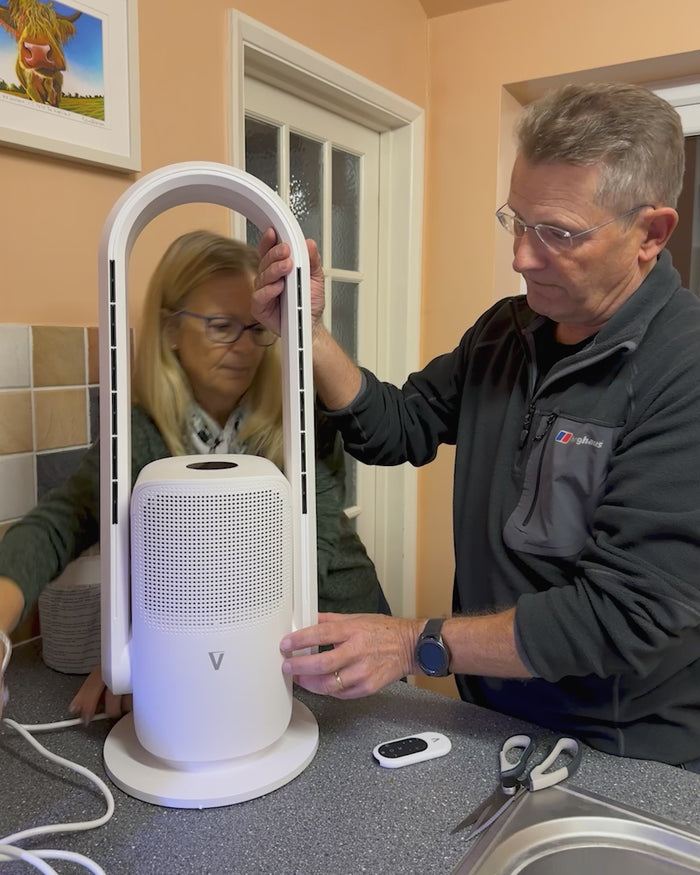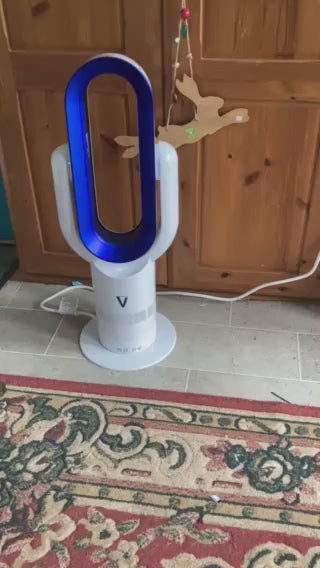BACK GUARANTEE
WARRANTY
ENERGY EFFICIENT
DELIVERY
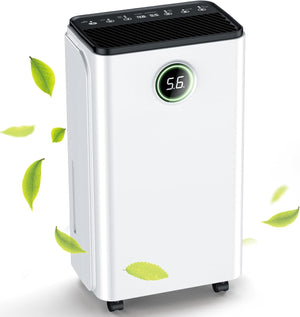
FAQs:
An ideal humidity for the average size bathroom in the UK is around 40 to 60 percent. It's not uncommon after a hot bath or shower for your bathroom to spike to around 80 percent humidity. Our dehumidifiers help to bring humidity down to the ideal levels within just 30 minutes. This helps prevent moisture settling on surfaces and stops mould from growing.
The best place to put your bathroom dehumidifier is in a dry corner of the room, away from your shower or bath unit. Essentially, anywhere it won’t be directly exposed to splashes or standing water. It should sit on a flat, stable surface with space around it so the air can move properly. If your bathroom doesn’t have a safe plug socket, you can place it just outside the door and leave the door slightly open while it runs.
A bathroom dehumidifier helps stop condensation and damp from building up on your walls, windows and ceiling, especially after showers or baths. It can also help reduce that musty smell you sometimes get when the room doesn’t dry out properly. Over time, this means less mould, less scrubbing, and fewer signs of moisture damage on paint and grout. It just makes the space feel fresher and easier to keep clean.
You’ll get the best results by running it during or just after a shower, while the steam is still in the air. That’s when moisture is most likely to settle and cause problems. Some people use theirs daily on a timer, especially if the bathroom has no window or poor ventilation. You don’t need to run it all day — usually 20 to 30 minutes is enough to bring things back to normal.
Our dehumidifiers are built for small, moisture heavy spaces like bathrooms. They're compact, easy to move, and designed to run quietly in the background without disrupting your routine. Safety is a priority, with features like automatic shut-off, moisture-resistant build and simple controls. We focus on making everyday use feel effortless, not fiddly.
Not really. They're actually quite efficient. Most models use less power than a kettle or portable heater. If you're only running it after a shower or bath, the cost is usually just a few pence each time. Some models come with eco modes or built-in sensors that switch the unit off once the air feels dry enough. Over time, it’s a small energy cost that helps prevent bigger issues like mould, damage or extra heating bills.
Yes, it can. If you hang damp towels or washing in the bathroom, a dehumidifier can help pull the moisture from the air so everything dries faster. This also helps stop that damp smell from hanging around. Some units even have a setting just for this. Just position it nearby and let it do its thing.
It pulls in humid air from the room, cools it down inside the unit, and turns the moisture into water, which collects in a small tank. The drier air is then pushed back out. You’ll need to empty the tank from time to time, or attach a drainage hose depending on the model. Most units also have a sensor that turns them off automatically when the tank is full.
For a typical UK bathroom or en-suite, a compact model that can remove between 6 and 12 litres of moisture per day is usually plenty. If the room is larger or has no window or fan, you might want something a little more powerful. The key is choosing something designed for small, enclosed spaces so it doesn’t get in the way or overdo it.
They don’t work exactly like air purifiers, but they do help improve air quality. By removing excess moisture, they help reduce things like mould spores, damp smells and airborne allergens. Some models come with basic filters for dust, but if you're looking to filter out pollutants or allergens, it’s worth pairing your dehumidifier with a separate air purifier or looking at a combined unit.

